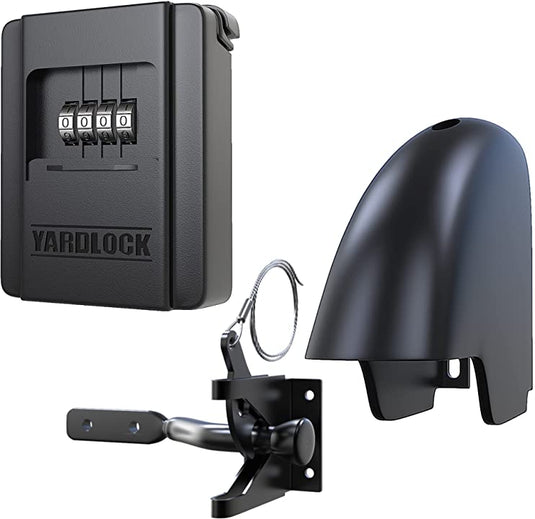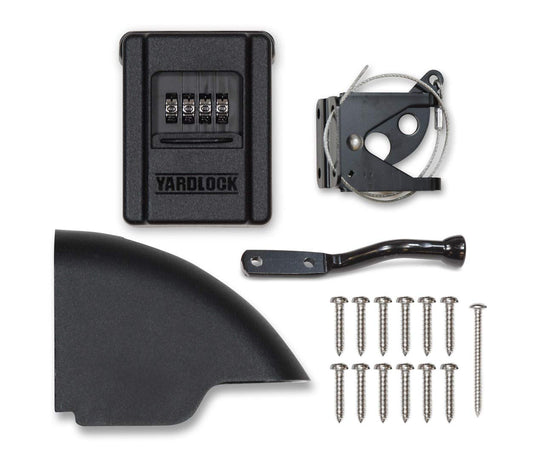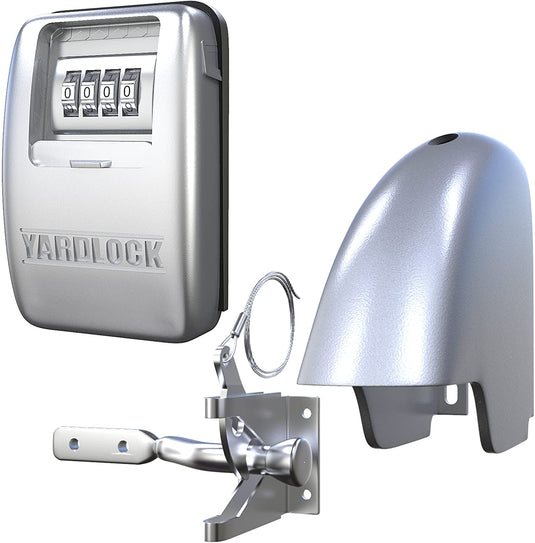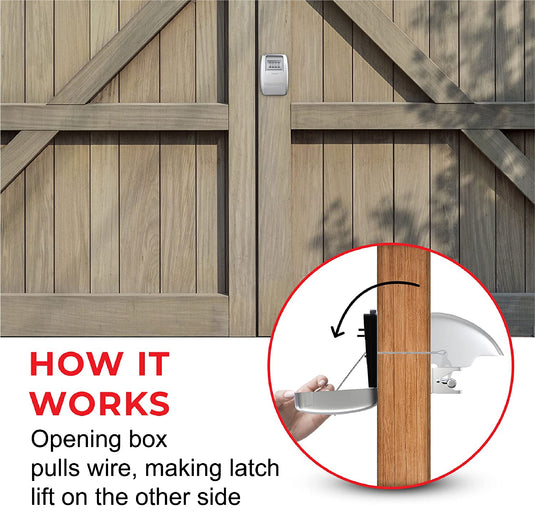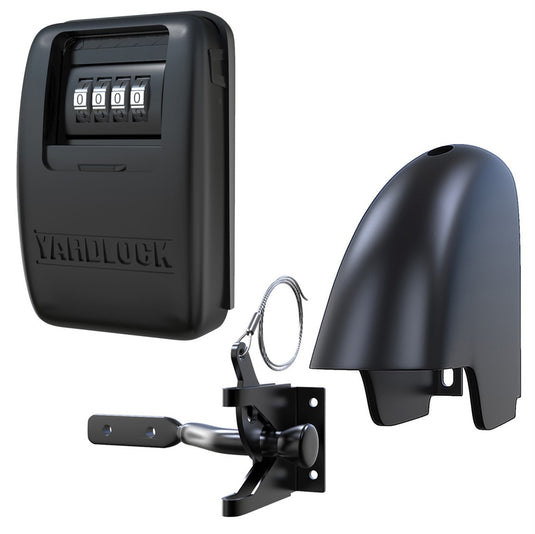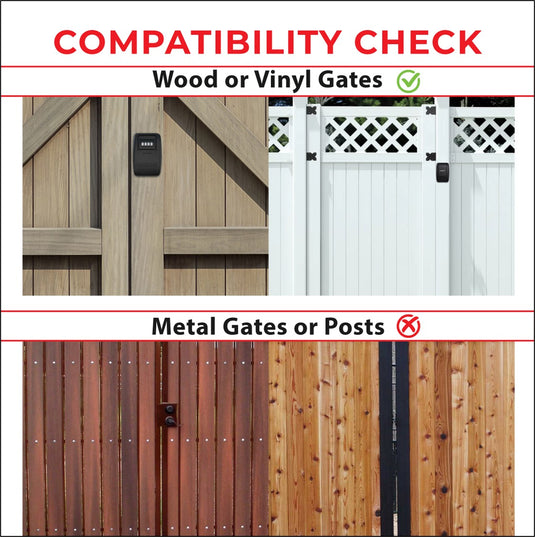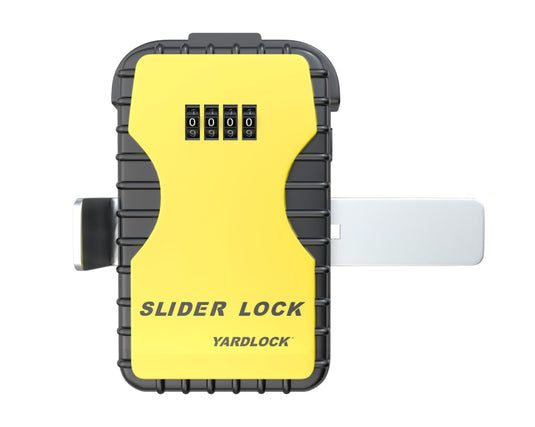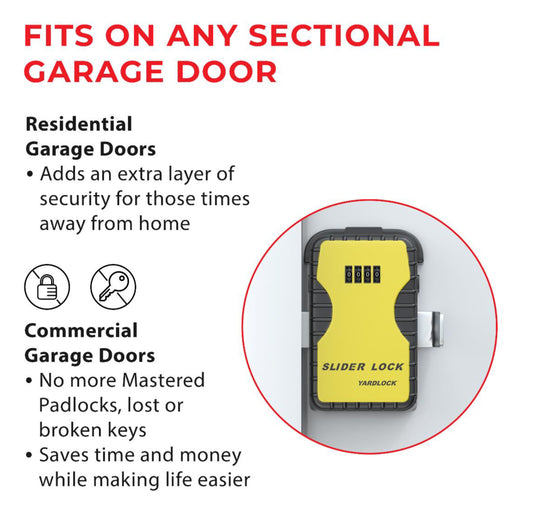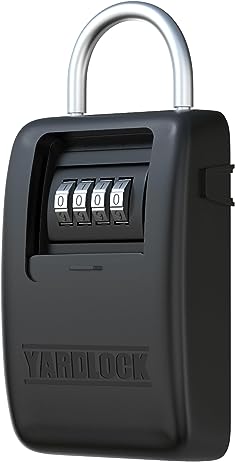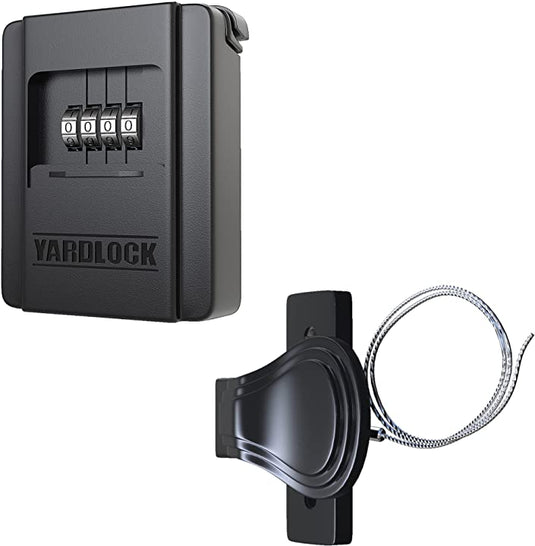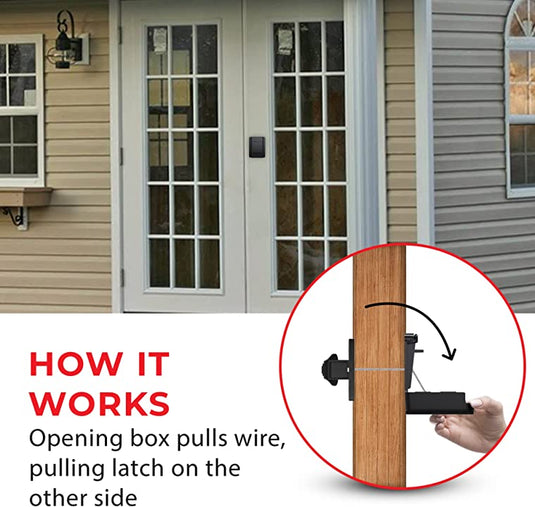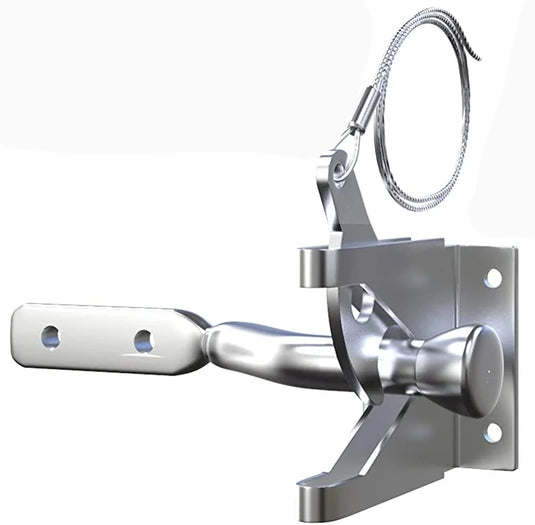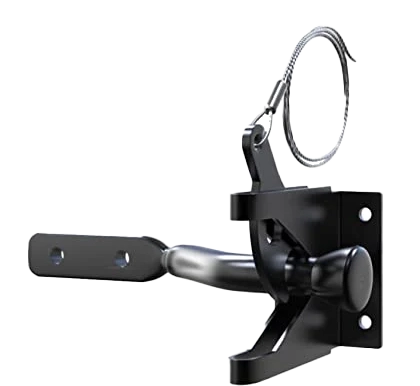The Ultimate Backyard Gate Maintenance Schedule (Season-by-Season)
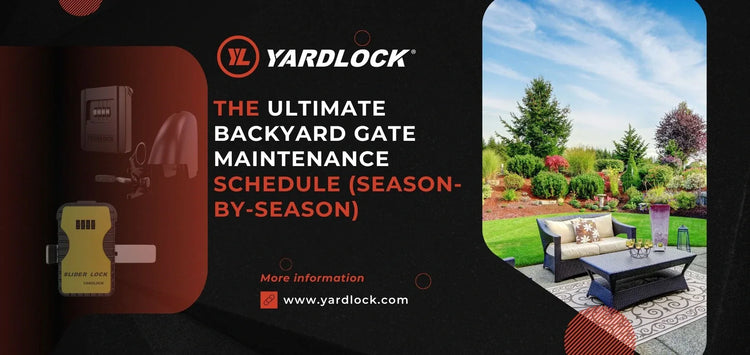
Your backyard gate is more than just an entry point—it’s a safety barrier for kids and pets, a privacy feature, and often the first impression of your home. Yet many homeowners overlook it until it starts sagging, squeaking, or refusing to latch.
The truth is, gates endure year-round exposure to weather, soil, and daily use. Without proper care, wood can rot, metal can rust, and locks can freeze or fail. That’s why a season-by-season maintenance schedule is the smartest way to extend the life of your gate and keep it looking and functioning its best.
In this guide, we’ll break down simple seasonal maintenance tasks for wood, vinyl, and metal gates—plus essential care tips for keyless locks like YARDLOCK, which are designed to stay secure in all climates.
Why a Seasonal Gate Maintenance Routine Matters
-
Prevents costly repairs: Small tune-ups stop sagging, misalignment, and corrosion before they become major problems.
-
Improves safety: A properly maintained gate protects kids, pets, and pools.
-
Preserves curb appeal: Fresh, working gates boost property value.
-
Extends lifespan: With seasonal care, gates can last 10–20 years longer.
Spring Maintenance: Fresh Start After Winter
Spring is all about undoing the wear and tear of freezing temps, snow, and road salt.
Checklist
-
Inspect Posts & Hinges – Frost can shift posts and loosen fasteners. Tighten screws and check for wobble.
-
Clean & Wash Surfaces – Remove salt residue, dirt, and mold with mild soap and water.
-
Check Gate Alignment – Ensure the gate swings freely and latches without force.
-
Lubricate Moving Parts – Apply silicone spray or graphite to hinges, latches, and locks.
-
Examine Locks – For keyless locks, test self-latching action. Wipe away moisture buildup inside covers.
Pro Tip: If you live in a snowy region, spring is the perfect time to rinse stainless steel locks like the YARDLOCK XLS to remove winter salt and prevent corrosion.
Summer Maintenance: Protect Against Heat & Sun
Summer brings UV rays, dry heat, and frequent use as kids, pets, and guests pass through the gate daily.
Checklist
-
Repaint or Seal Wood Gates – Sun dries wood, causing cracks and fading. Apply UV-protective sealant or paint touch-ups.
-
Inspect Vinyl Panels – High temps can warp vinyl. Re-tighten brackets if panels shift.
-
Check Metal Gates for Rust – Sand any rust spots and apply rust-proof primer and paint.
-
Test Pool Gates – If your gate secures a pool, verify self-latching compliance with local codes (usually 54 inches latch height).
-
Lubricate Again – Dust and heat dry out lubrication; reapply as needed.
Pro Tip: For busy households, a keyless lock ensures kids never lose keys during summer play. YARDLOCK’s design is perfect for this.
Fall Maintenance: Prep for Storms & Cold
Fall is the season to get ahead of heavy rain, frost, and wind.
Checklist
-
Tighten Hardware – Wind and frequent summer use can loosen screws and bolts.
-
Clean Gutters/Drains Near Gates – Prevent water pooling around posts.
-
Inspect & Reinforce Posts – Add gravel around bases to improve drainage.
-
Lubricate Locks & Hinges – Use silicone spray to prevent freezing.
-
Apply Protective Coating – Seal wood or apply corrosion inhibitors to metal.
Pro Tip: Coastal homeowners should wipe down locks monthly in fall, as salt-laden winds peak this time of year. Stainless steel locks like the XLS resist corrosion better than zinc or painted hardware.

Winter Maintenance: Keep It Moving in the Cold
Winter is the hardest season for gates. Snow, ice, and freezing rain can jam or damage hardware.
Checklist
-
Clear Snow Regularly – Don’t let snow pile against the gate—it can warp panels and strain hinges.
-
De-Ice Safely – Use calcium chloride, not rock salt, near wood and metal posts.
-
Lubricate Locks with Graphite – Oil-based lubes can thicken; graphite or silicone sprays resist freezing.
-
Check Gate Swing Path – Keep ice and debris out of the way.
-
Test Lock Function Weekly – Ensure keyless locks engage smoothly despite the cold.
Pro Tip: Avoid pouring boiling water on frozen locks. Instead, use a hair dryer, hand warmer, or commercial de-icer for safe thawing.
Special Tips by Gate Material
Wood Gates
-
Seal every 2–3 years to prevent rot.
-
Watch for termites or carpenter ants in warmer months.
Vinyl Gates
-
Avoid harsh cleaners that can discolor panels.
-
Re-tighten screws yearly; vinyl expands/contracts with seasons.
Metal Gates
-
Sand and repaint rust spots promptly.
-
Wax or seal powder-coated finishes for extra longevity.
Keyless Lock Maintenance (YARDLOCK)
Keyless locks need less upkeep than traditional padlocks but still benefit from care:
-
Quarterly cleaning: Wipe away dirt and residue.
-
Twice-yearly lubrication: Use silicone or graphite spray.
-
Coastal/Cold climates: Rinse stainless steel XLS models after storms to prevent buildup.
The best part? With no keys, batteries, or electronics, YARDLOCKs stay reliable year-round.
Yearly Maintenance Overview
Here’s your season-by-season checklist at a glance:
|
Season |
Maintenance Focus |
Key Tasks |
|
Spring |
Recover from winter |
Tighten posts, clean, lubricate, test locks |
|
Summer |
UV & heavy use |
Seal wood, inspect vinyl/metal, check pool code |
|
Fall |
Prep for storms |
Reinforce posts, clear drains, lubricate |
|
Winter |
Cold & snow |
Clear snow, de-ice safely, lubricate graphite |
FAQs: Backyard Gate Maintenance
How often should I lubricate my gate lock?
At least twice a year—once in fall and once in spring. In harsh climates, lubricate every 2–3 months to keep the mechanism working smoothly.
What’s the best lubricant for winter?
Use graphite or silicone spray. Avoid oil-based lubricants—they can freeze or attract dirt, causing your lock to jam.
How high should a pool gate lock be?
Most U.S. codes require a minimum of 54 inches, while Canadian safety codes typically require between 1.2 and 1.35 meters. Always check local regulations for compliance.
Do stainless steel locks really last longer?
Yes. Stainless steel locks resist rust, salt, and freezing temperatures much better than zinc or painted metal, making them ideal for outdoor gates.
Can I install a keyless lock on a vinyl gate?
Yes. Keyless locks such as YARDLOCK models are compatible with wood, vinyl, composite, and metal gates, offering durability and convenience without keys.
Final Thoughts
Your backyard gate faces year-round stress from weather, usage, and shifting ground. But with a simple season-by-season maintenance schedule, you can prevent problems before they start.
The key is consistency: tighten hardware, lubricate moving parts, protect finishes, and keep your lock in good working order. For maximum reliability, upgrade to a keyless mechanical lock like the YARDLOCK Standard, XLB, or XLS Stainless Steel model, depending on your climate.
With just a little routine care, your gate will remain secure, safe, and smooth-swinging for years to come.

